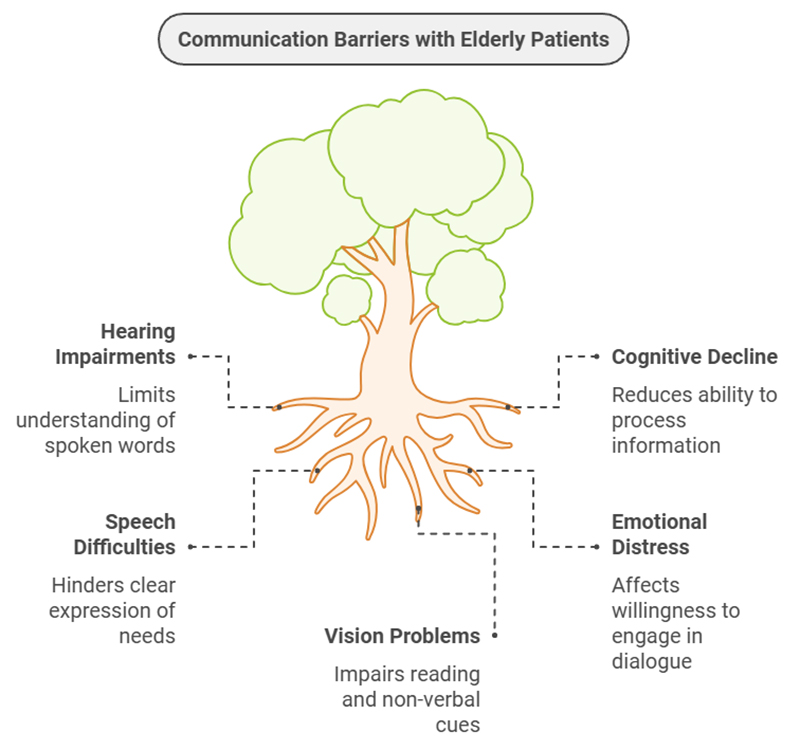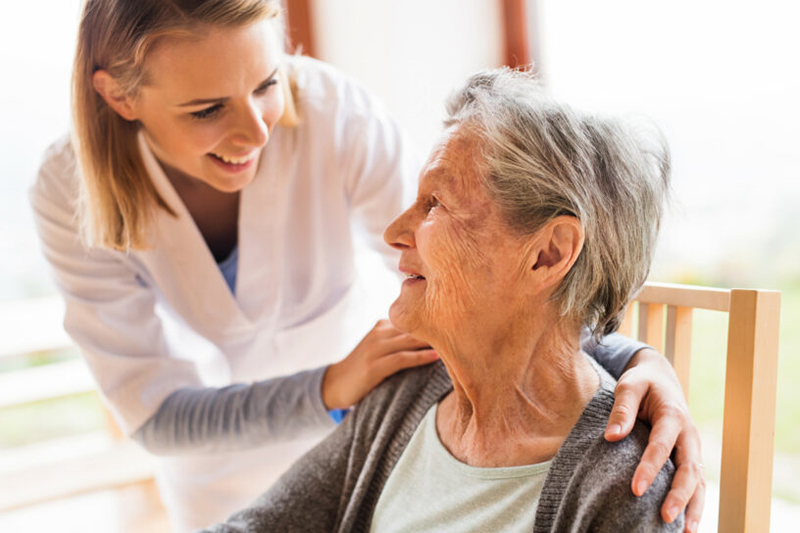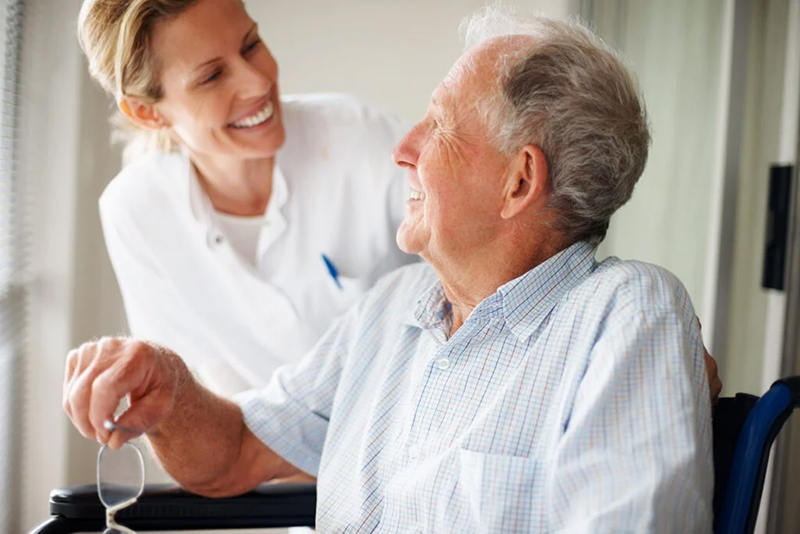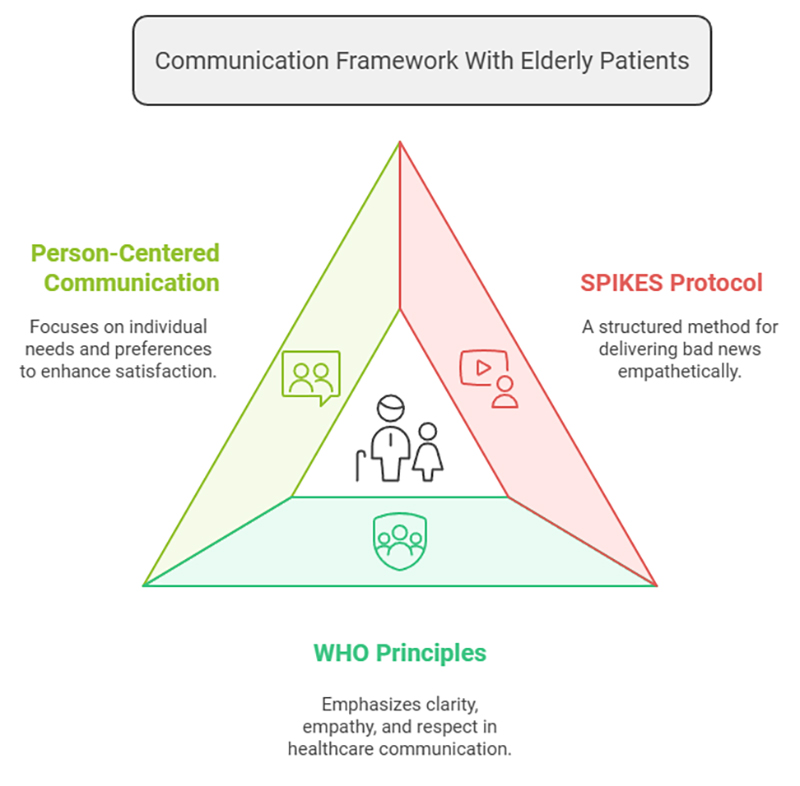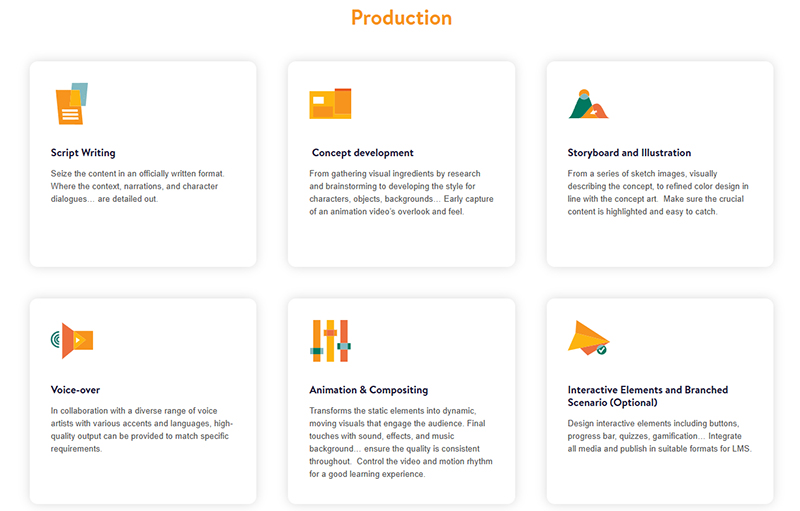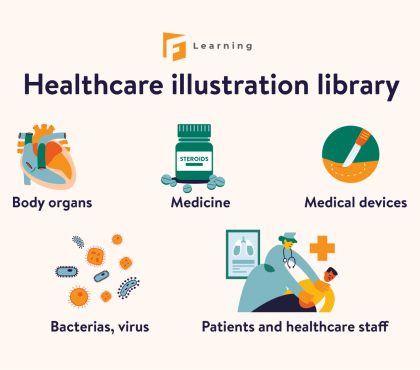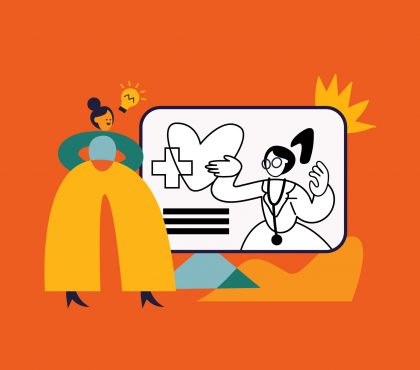Effective communication with elderly patients goes beyond speaking clearly – it’s about building trust, understanding, and empathy. Poor communication can lead to serious consequences, including misdiagnoses, medication errors, decreased patient satisfaction, and even staff burnout. How can you bridge this gap?
This article uncovers the 5 common issues in elderly communication and learns 8 practical solutions to help healthcare professionals overcome them. Let’s dive in and create a lasting positive impact!
- 5 Common Issues in Communication with Elderly Patients
- 8 Best Solutions for Effective Communication With Elderly Patients
- 1. Apply Person-Centered Communication
- 2. Explain Information Simply and Clearly
- 3. Practice Active Listening and Show Empathy
- 4. Deliver Messages Through the Right Channels
- 5. Encourage Family Involvement
- 6. Be Patient and Allow Time for a Response
- 7. Adapt Communication to Sensory and Cognitive Limitations
- 8. Follow-up and Confirm Understanding
- 4 Key Moments When Communicating with an Elderly Patient
- 3 Proven Frameworks You Can Follow to Communicate Effectively with Elderly Patients
- F. Learning Studio – Your Go-To Choice for Easy Communication with the Elderly in Healthcare through Visual Solutions
- Wrap-Up
5 Common Issues in Communication with Elderly Patients
Effective communication is essential in healthcare, yet elderly communication problems often arise due to unique challenges. These communication barriers can affect the quality of care, patient understanding, and overall satisfaction.
The identification of these common issues is based on research from trusted organizations in healthcare, including the American Academy of Audiology, and the American Speech-Language-Hearing Association. By recognizing and addressing these issues, healthcare professionals can improve interactions and build stronger connections with elderly patients.
| Issue | Description | How it Affects Elderly Patients in Communication |
| Hearing Impairments | Age-related hearing loss, from mild to severe, makes it hard to follow speech. | This leads to missed conversations, misunderstandings, frustration, and isolation. |
| Cognitive Decline | Memory and attention issues from dementia or Alzheimer’s hinder understanding. | Causes difficulty following conversations, forgetfulness, and emotional distress. |
| Speech Difficulties | Conditions like stroke affect speech clarity, volume, or fluency. | Hinders self-expression, causing misunderstandings and frustration. |
| Emotional Distress | Depression, anxiety, or grief reduce willingness to communicate. | This leads to withdrawal, misinterpretation, and feeling overwhelmed. |
| Vision Problems | Impaired sight affects reading and recognizing non-verbal cues. | Causes missed visual signals, confusion, and reduced engagement in discussions. |
8 Best Solutions for Effective Communication With Elderly Patients
Ineffective communication in elderly care can lead to serious consequences, including medication errors, missed diagnoses, and reduced patient satisfaction. Research from reputable organizations, such as the National Institute on Aging, and the Alzheimer’s Association, highlights the importance of effective communication strategies in ensuring better care for elderly patients.
With these 8 elderly communication solutions, healthcare professionals can reduce risks and improve the quality of care.
1. Apply Person-Centered Communication
Consider each patient’s unique needs, including their medical history, preferences, and health conditions. Adapt your tone, language, and delivery style to suit their capabilities, such as speaking slower for those with cognitive impairments or using simplified language. This personalized approach helps overcome common barriers in communication.
Why It Works: A customized communication style ensures patients feel respected and understood, especially those with cognitive or emotional challenges.

2. Explain Information Simply and Clearly
When sharing information, avoid medical jargon and complicated language. Instead, break down complex concepts into easy-to-understand terms and provide examples. Use tools like visual aids, diagrams, or charts to reinforce your message, especially for patients with memory or attention difficulties.
Why It Works: Simplified explanations and visual support help patients with cognitive decline retain and understand critical information.
Don’t you know? An effective way to simplify complex medical information is through the use of medical whiteboard animation, as seen in the case of iCareBetter.
This approach combines hand-drawn illustrations on a whiteboard with voice-over narration to transform intricate medical concepts into visually engaging and easy-to-understand content. For example, F.Learning Studio helped illustrate the heart’s function and the impact of diseases, making it accessible to patients without medical expertise.
This method bridges communication gaps, allowing doctors to educate patients more effectively while ensuring key details are both understood and remembered.
3. Practice Active Listening and Show Empathy
Dedicate your full attention to the patient when they are speaking. Avoid interruptions, maintain eye contact, and use gestures or affirmations to show you’re actively listening. This creates a supportive environment where the patient feels safe to share their concerns or questions.
Why It Works: Active listening fosters trust and addresses emotional needs, helping patients feel heard and valued, even when they face cognitive or emotional struggles.
4. Deliver Messages Through the Right Channels
While social media can be helpful, it might not be the most relevant solution for all elderly patients. Consider rephrasing the tip to focus on delivering messages through the “right kind of channels,” which could include social media for some, but also printed materials, large font brochures, or audio recordings for others.
Why It Works: Tailoring communication channels ensures accessibility for patients with hearing or vision impairments, improving engagement and understanding.

For a more effective media strategy, use formats that convey both simple language and emotions, such as patient education animation. These animations can simplify complex medical information while evoking the necessary emotional connection.
The video below shows how F.Learning Studio provides vestibular migraine information to elderly patients in a light-hearted manner. We apply our knowledge of vestibular migraine through real-life scenarios with illustrations.
The human characters and various emotions transform the video into a dynamic experience rather than a patient education video
5. Encourage Family Involvement
Whenever possible, include family members or caregivers in the communication process. Their presence can provide emotional support, clarify medical instructions, and help patients feel reassured. Family members can also assist in cases where the patient has difficulty remembering or expressing themselves.
Why It Works: Family involvement bridges communication gaps for patients with speech difficulties or emotional distress, improving understanding and fostering a sense of security.
6. Be Patient and Allow Time for a Response
Avoid rushing elderly patients during conversations. Give them ample time to process the information, ask questions, and provide responses. This is especially important for those with cognitive or speech difficulties, as they may require extra time to formulate their thoughts.
Why It Works: A patient and unhurried approach reduces stress and frustration, ensuring effective communication for the elderly who need more time to engage.
7. Adapt Communication to Sensory and Cognitive Limitations
Adjust your communication approach to address specific limitations like hearing loss, vision impairments, or memory issues. Speak clearly and at an appropriate volume, use larger print, incorporate visual aids, or repeat key information as needed to accommodate these challenges.
Why It Works: Sensory and cognitive adjustments ensure that patients can fully engage with the information, regardless of their impairments, leading to better understanding and outcomes.
Want to bridge the gap and enhance elderly communication in healthcare?
Let our expert team provide you
with effective, visually-driven solutions!
8. Follow-up and Confirm Understanding
After delivering key information, ask the patient or their caregiver to summarize their understanding. Revisit and clarify points if needed to ensure nothing is missed. Regular follow-ups can also reinforce important details and provide further support.
Why It Works: Confirming understanding reduces the risk of miscommunication and ensures patients with cognitive or sensory impairments can take appropriate actions based on clear instructions.
4 Key Moments When Communicating with an Elderly Patient
Communication with the elderly in healthcare often hinges on key moments that define the effectiveness of the interaction. Identifying these moments allows healthcare professionals to use their communication skills to foster trust, enhance understanding, and deliver patient-centered care.
1. During Initial Assessments
The initial meeting with an elderly patient is a critical moment to establish trust and build rapport. Healthcare professionals should focus on clear and compassionate communication to gather detailed health history and understand current concerns.
Demonstrating empathy and active listening early on helps set the tone for a positive care experience and lays the groundwork for effective communication moving forward.
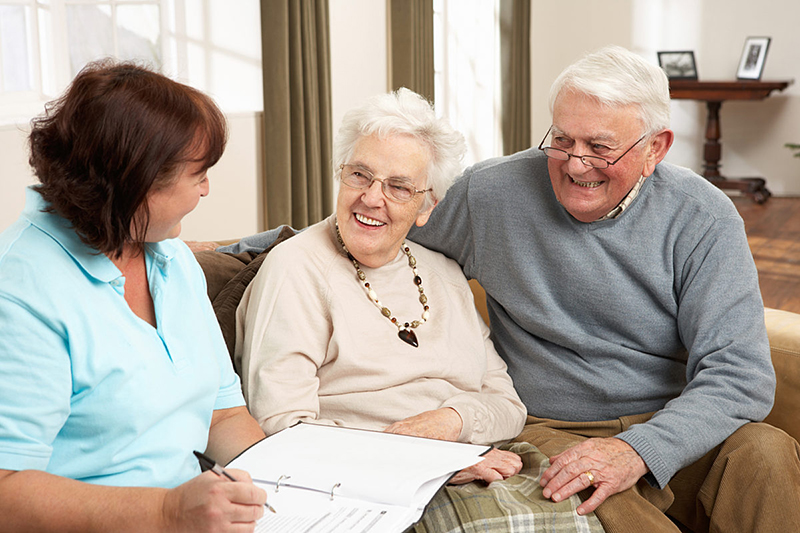
2. When Explaining Diagnosis and Treatment Options
Elderly patients often require more detailed and careful explanations to fully understand their medical situation. One effective way for healthcare professionals to communicate complex information, such as diagnoses and treatment plans, is by using visual aids like pharmaceutical animation.
For example, F.Learning Studio created an engaging pharmaceutical animation for Simple Nursing, demonstrating the interaction between drugs and the body on a microscopic level. This video, which combines clear visuals with a friendly tone, helped Simple Nursing engage over 200,000 learners. By showing patients a video like this, healthcare providers can enhance understanding, ensure that key information is grasped, and save time explaining intricate details.
This method not only simplifies communication but also builds confidence and trust in the care process
3. Before and After Medical Procedures
Explaining medical procedures thoroughly is a vital aspect of how to communicate with elderly patients. Before any procedure, healthcare professionals should provide clear explanations of the steps involved, potential risks, and expected outcomes.
Afterward, it’s equally important to review recovery guidelines, aftercare instructions, and follow-up appointments. This level of detail helps ensure the patient’s comfort, understanding, and confidence in their care.

4. During Routine Check-ups or Follow-ups
Routine visits offer an opportunity to touch base with the elderly patient about any changes in their health, discuss concerns, and adjust care plans as needed. It’s also a time to reinforce treatment instructions and ensure that the patient feels supported.
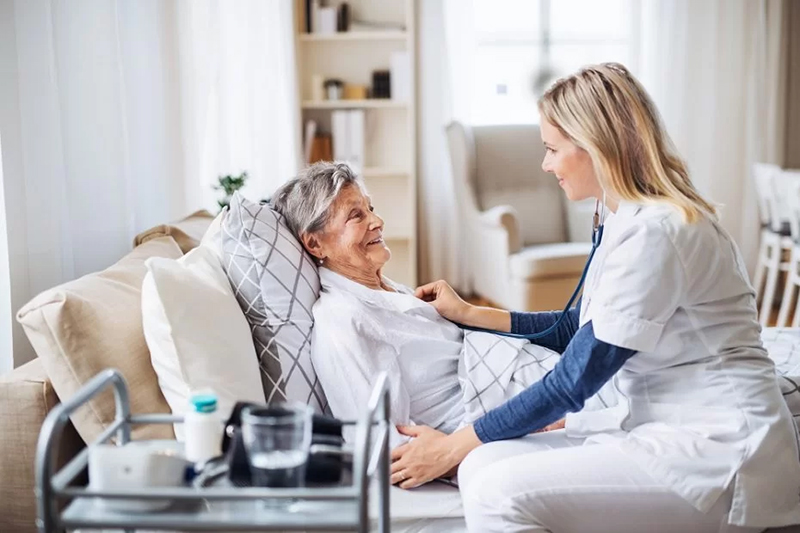
3 Proven Frameworks You Can Follow to Communicate Effectively with Elderly Patients
Understanding how to communicate effectively with elderly patients can significantly enhance the quality of care and their overall experience. These proven frameworks provide structured approaches that healthcare professionals can adopt to address common challenges and foster clearer, more compassionate communication.
| Communication Framework | Purpose | How to Apply |
| Patient-Centered Communication | Focuses on the individual needs, preferences, and values of elderly patients to enhance their engagement and satisfaction. | – Build rapport: Establish a trusting relationship by actively listening and showing empathy. – Tailor communication: Adapt your language and approach based on the patient’s cognitive abilities and emotional state. – Involve family members: Engage caregivers or family in discussions to ensure that the patient’s support system is included in care decisions. – Encourage feedback: Ask open-ended questions to understand the patient’s concerns and preferences. |
| SPIKES Protocol | Provides a structured method for delivering bad news empathetically and effectively. | – Setting: Choose a private, quiet location for discussions. – Perception: Assess the patient’s understanding of their situation by asking open-ended questions. – Invitation: Invite the patient to hear the information by checking their readiness. – Knowledge: Deliver information clearly and compassionately, avoiding medical jargon. – Empathy: Acknowledge the patient’s feelings and provide emotional support. – Strategy: Discuss next steps and options moving forward |
| WHO Communication Principles | Aims to improve communication across healthcare settings by emphasizing clarity, empathy, and respect. | – Be clear and concise: Use simple language that is easy to understand. – Listen actively: Show genuine interest in what the patient says and validate their feelings. – Adapt to needs: Modify communication styles based on the patient’s cognitive status or sensory impairments. – Foster an inclusive environment: Ensure that patients feel comfortable expressing their concerns and questions during interactions. |
F. Learning Studio – Your Go-To Choice for Easy Communication with the Elderly in Healthcare through Visual Solutions
We Tailor Content for Cognitive and Sensory Needs
We are experts in tailoring both content and visuals to meet the unique needs of elderly patients. For this audience, visual clarity and motion are critical. Unlike younger patients, elderly individuals often experience sensory and cognitive challenges that require careful consideration in design. We use high-contrast colors, larger text, and slower motion to enhance understanding and retention.
Our approach ensures that elderly patients engage with and retain crucial healthcare information more effectively.
Want to bridge the gap and enhance elderly communication in healthcare?
Let our expert team provide you
with effective, visually-driven solutions!
We Ensure Elderly-Friendly Platforms for Seamless Communication
We design user-friendly interfaces with simple layouts, clear icons, and accessible features, ensuring that patients can easily interact with the content. Whether it’s accessing educational videos, instructions, or medical updates, our platforms are optimized to reduce frustration and enhance the overall communication experience for elderly individuals.
Moreover, for effective communication with elderly patients, we offer everything from free consultations to tailored learning design and free content preparation, ensuring a smooth and convenient process. Our team supports you at every step, helping you create training programs that improve communication and deliver real results for elderly care.
We Create Patient Education Videos for Better Engagement
At F. Learning Studio, we produce patient education videos designed to simplify complex medical information and foster better understanding, particularly for elderly audiences. With extensive experience in creating tailored visual solutions, we understand the unique communication barriers elderly patients often face, such as limited health literacy or hearing difficulties.
Our videos leverage clear visuals, concise scripts, and a patient-centered approach to ensure messages are both accessible and engaging.
Case Study: We Help IntelyCare Enhance “End-of-Life” Care Through Tailored Patient Education Videos
At the end stage of life, comfort and quality become the primary goals of care, with a focus on palliative and hospice services. IntelyCare, committed to providing exceptional care in long-term settings, collaborated with F. Learning Studio to improve the communication of complex end-of-life care concepts. We created a series of patient education videos covering key issues like pain management, dyspnea, fatigue, skin care, digestive problems, and temperature sensitivity.
The animation for IntelyCare uses simple designs, slow pacing, and soft colors to convey sensitive end-of-life care topics effectively. This style is ideal for elderly patients, addressing cognitive or sensory limitations by enhancing focus and understanding.
Clear synchronization of text and voiceover further ensures accessibility, helping patients and families grasp critical care concepts. This thoughtful approach highlights F. Learning Studio’s ability to create empathetic, engaging educational content tailored for vulnerable audiences.
Wrap-Up
Effective communication with elderly patients is critical in enhancing care and ensuring better health outcomes. Good general communication techniques with the elderly include focusing on clear, simple language, addressing sensory and cognitive needs, and using engaging visual content. By incorporating these methods, healthcare providers can overcome communication barriers and build trust with elderly patients.
F. Learning Studio offers specialized solutions to transform healthcare communication. With expertise in customized patient education animated videos and user-friendly visual content, we help ensure elderly patients receive clear, compassionate care. Don’t let communication barriers compromise patient outcomes – act now! Schedule a free consultation with F. Learning Studio today and receive a complimentary communication audit.
- Email: [email protected]
- Fanpage: https://www.facebook.com/f.learningstudio
- Website: https://flearningstudio.com/
- LinkedIn: https://www.linkedin.com/company/f-learning-studio/

Sean Bui, the founder and creative director of F.Learning Studio, is a respected leader in the e-learning and multimedia production industry. With over 10 years of experience, he has dedicated his career to helping organizations create engaging and impactful learning experiences.
Under his leadership, F.Learning Studio has grown into a trusted partner for organizations in the education, healthcare, and corporate training sectors, producing over 2,000 minutes of educational animation.



